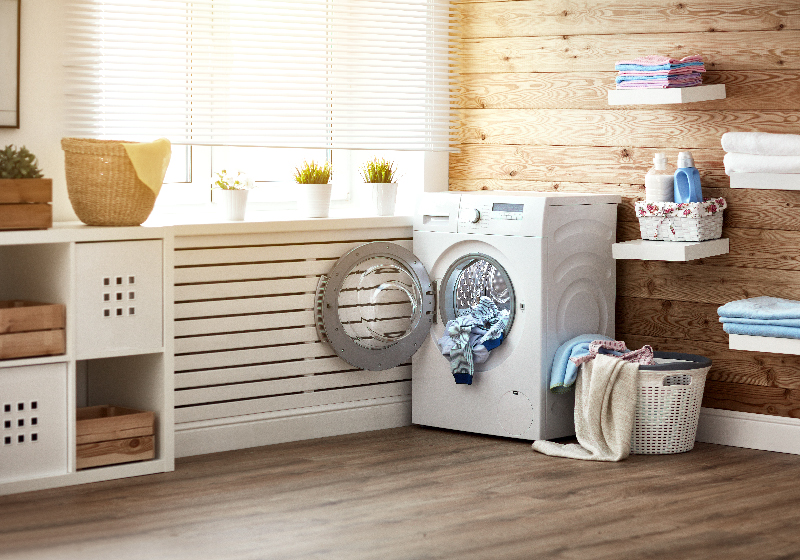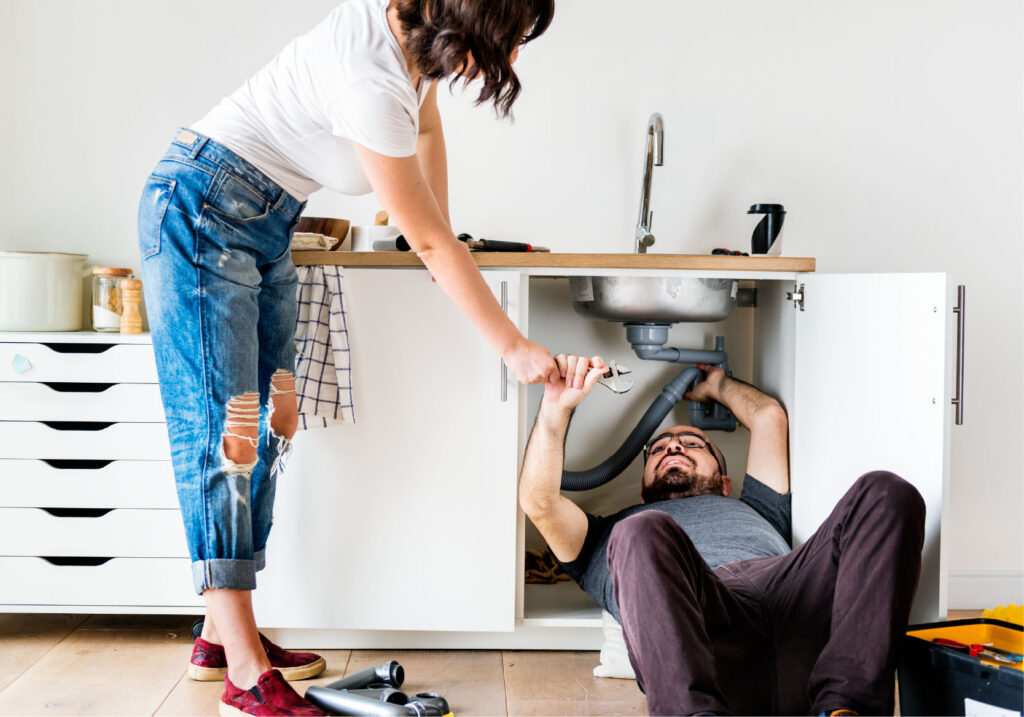Your washer and dryer are two of the most used appliances in your home. And if you don’t take proper care of them, you could drastically cut their lifespan. There’s also potential for danger. Almost 16,000 house fires are started each year by dryers that have large amounts of lint stuck in the trap and in the vent. Just a small bit of maintenance every so often can help protect your home and your family from a scary situation.
When to Clean
If you’ve noticed that your clothes are taking more cycles to dry, it’s the right time to clean. A full trap obstructs airflow and prevents your dryer from fully heating. Your dryer’s lint trap should be cleaned after every use in order to avoid blockages and keep it working correctly. Even if there isn’t much to clean off, you shouldn’t let the lint accumulate into a big pile. For your vents, it’s best to give them a deep clean once every 10-12 months.
What You’ll Need
Luckily you won’t need special equipment to clean your dryer– you can find what you’ll need around your home.
You can also pick up specialized brushes that’ll allow you to get into all the nooks and crannies of your dryer. There are even dryer cleaning kits you can get from hardware stores that will let you get deep into the dryer ducts. Some metal duct tape is good to have on hand as well, in case you need to make a quick repair.
Cleaning the Trap
The age and model of your dryer will determine where your lint trap is, and how much work it’ll take to clean. The majority of newer models have their trap located conveniently on the front near the door. However, older models are likely to have the trap on the top/back of the dryer. For this reason, they can be a bit tricky to get at and will have a few different steps.
Top/Back Traps
Some top lint dryers will have the catch in the front as opposed to the back. Simply remove the front panel and clean the same way.
Front Traps
Cleaning the Duct and Vent
While you have the dryer unhooked, take the time to clean the duct and exterior vent. Here’s where having longer brushes from a kit can come in handy. You can attach them to the end of the drill and knock the lint away to easily suck it up. If you can, remove the vent cover on the outside of your home for easier access. A pro tip: if you’re having a hard time finding your vent on the side of your home, it’s likely on the roof. Don’t try to clean a rooftop vent if you don’t feel safe. Professional vent cleaners can easily assist you.
Final Cleanup
As you put everything back together, continue to clean as you go. Lint can seem never ending, but the better you stay on top of it the easier cleaning will be. Check for small cuts in the exhaust hose as you reconnect it and cover them with metal tape. If you use dryer sheets, they can leave a residue on your drum. This can be easily cleaned up by diluting some fabric cleaner with warm water and wiping the drum down. It’ll also help cut down any strange odors you may have noticed emanating from your dryer. To easily remember when you should clean your dryer, create a schedule to refer to.
To know how to better protect your home, schedule an inspection with a professional NPI inspector today!



